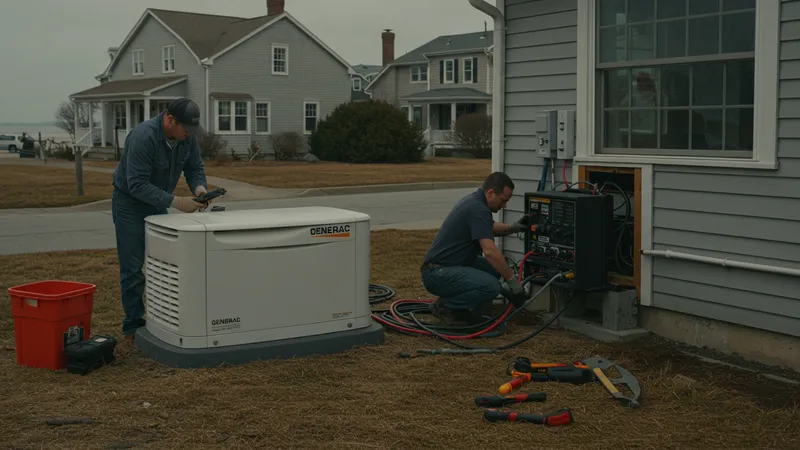
Backup Power Unleashed: The True Cost Of Whole House Generators
Installation and Upfront Costs for Whole House Generators
For many homeowners in the United States, the upfront cost of a whole house generator is the largest barrier—and also the most misunderstood. The listed price for models like the Generac Guardian or Kohler 20RESCL generally includes only the generator unit itself. Professional installation, which typically includes transfer switch setup, electrical work, permits, and fuel line hookups, can often double the initial price tag. Specialized labor is mandatory per U.S. building codes, and in regions with challenging terrain or older homes, installation costs can escalate.

Local permitting and inspection fees also play a significant role in the final tally. In many states, obtaining approval for generator installation involves coordination with local municipal offices, often incurring several hundred dollars in administrative fees. Coastal zones and hurricane-prone cities frequently enforce stricter requirements, increasing both cost and installation time compared to inland areas.
Another factor in upfront cost is the generator’s integration with home systems. Larger homes with higher energy requirements may need more powerful models, robust wiring, and possibly upgraded electrical panels. Some utility companies even require interconnection agreements, which further lengthen project timelines and add dollars to the expense sheet.
Comparing real-life scenarios, homes in suburban Texas might see median installation costs of $12,000, while the same system in the Northeast or California could exceed $15,000, largely due to labor costs and tighter building codes. Homeowners are encouraged to seek itemized quotes and ensure every phase—from site assessment to final testing—is covered within the projected budget.